One of the modules I am teaching for finalists is quite a challenge from the point of view of delivering it. ‘Renaissance luxuries’ takes, in a way, it’s inspiration both from Richard Goldthwaite’s work on Wealth and the Demand for Art in Renaissance Italy, and AD Fraser Jenkins’ musings on magnificence. In the course of a semester, I range quite widely across a range of genres and materials, and look at what constituted a luxury item in the Renaissance and what their possession and consumption meant for their owner. So, you could argue that the Third theoretical plank for this module is Stephen Greenblatt’s concept of self- fashioning; as a concept, it certainly helps with thinking through some of the issues.
A tight theoretical framework is certainly a necessity for this particular module, as the focus on case studies shifts on a weekly basis, so while we might be looking at villeggiatura and maybe the gardens of the Villa d’Este one week, we are just as likely to be studying glass or Persian rugs the next. There is a lot of material to get your head round, coming very fast, and that only works if the theoretical frameworks provide a bit of stability and coherence to the delivery of this module. The students on the module ‘specialise’ in a particular type or group of objects for their coursework and seminar contribution, so again, the pressure for me is to make the lectures and seminars cohere and function even if not all of the group has done the key readings.
This module then is one of the toughest but also one of the most rewarding modules I teach as each seminar needs a distinctly different approach, so my responses have to be maybe more imaginative than they are for some of my other teaching. A good example for this is the seminar on Renaissance clothes and sumptuary legislation. Renaissance images are wonderful sources of information on Renaissance outerwear, on the most visible and most ostentatious layers of clothing worn by their subjects, but is this the full story? Of course not. There is some superb scholarship on Renaissance clothing, and basically, it becomes clear from these sources that you build your outfit up from a shift-like undergarment, normally plain, maybe embroidered around cuffs and neck, but basically, this is your underwear, and what provides structure and oomph to the outfit is what goes on over it. Just in case you are wondering: under it go stockings. No knickers. Now, this shift can occasionally peep out from under the over garments, but this is where you start layering, and this is where colour, weight of material and shape start to matter. Renaissance clothing also functions like a modern capsule wardrobe in that you have a limited number of styles to choose from, but you can infinitely increase your options by interchanging sleeves, coats, cloaks etc. And finally, you adorn the clothes, so you add ribbons, embroidery, woven bands, pearls etc. Nonce of this clothing is bought ‘off the rack’, all is bespoke, and production is shared between domestic sewing and professional tailoring.
This sounds all very well when you work through a series of PowerPoint slides in a lecture, but I have observed that actually, the students have not got their heads round the complexities of clothing at all, as they can’t visualize the process.
This is where some of my more unusual teaching props come in:
Yes, I am not beneath raiding my children’s toy box in an effort to bring teaching alive!
The way I teach renaissance clothing is to use a 2 hour seminar slot, and ask students, in groups, to select a soft toy of their choice and to agree a Renaissance character for their toy. What is the gender of the toy? Where does it live? What does it need a particular outfit for? These questions from the starting point for the design stage of the seminar, where the group work out what kind of outfit to make for their character. And then, they make it.
It’s a preparation -heavy seminar that requires quite a few props; for my seminars with up to 15-18 students at a time, I need 3 sewing baskets with plenty of needles, different coloured threads, fabric scissors, chalk, cardboard, and measuring tapes. I always bring in an assortment of additional bits and pieces, often raiding my sewing basket at home, including metallic thread, buttons, feathers etc. Then, I need paper, pencils and erasers, both for designing but also occasionally for incorporating paper into the outfits ( great for adding shape and texture). Most useful of all are pipe cleaners as they can provide shape to hats, or make belts, or pretty much anything else, and my most important prop of all, a tin full of chocolate wrappers. Their lovely colours are great, and when rolled up, they double up as buttons, as jewels, as head ornaments. Really, the possibilities are endless. And then there is fabric, lots and lots of different bits and pieces, in varying colours, textures, shapes and sizes.
Once all that material is set out and the students have their instructions, the seminar runs itself, and before you ask, I am sat in the middle of the group sewing too (I like making little Tudor hats for toy frogs), so I am part of the group, too, and can of course respond to questions. Sewing takes time, so this activity needs at least 60-75 minutes where the clothes can be worked on, and that is a process where a couple of packets of biscuits always go down a treat (literally). I also like to play renaissance music, just to set the scene ( Thomas Tallis is a particular favourite), and off we go. Sewing is hard work, so there tends to be both chatter and a palpable sense of concentration when we work; you can also quickly note a sense of competition between the groups, so the standard of work never ceases to amaze me, especially bearing in mind that this is a seminar for an art history module, and I can’t rely on students having worked with textiles before.
The most interesting part of the seminar comes when the toys get their clothes fitted to them, as here each group explains, in turn, who their characters are, what they are wearing and why the outfits have been chosen. We talk colours, textures, ornaments, we look at the ways in which the clothes fit together, and all of a sudden, the academic theories behind self- fashioning and sumptuary legislation are practised and worked with by the students themselves, applied and properly thought through. For me, it’s the perfect seminar. It’s fun, it’s relaxed, it’s participatory in that everybody works together, and it sticks. I always think that when you see a student take out their phone and photograph their handiwork, that is surely a clear indicator of a successful session.
Have a look for yourself at what my lovely, committed, hard- working students did in their class this week. It’s difficult to choose a favourite, but for sheer joie-de-vivre and utter and complete flamboyance, it will be hard to beat Animal, with his leopard skin trousers, floppy hat and codpiece. What do you think?
Selected Bibliography:
Richard Goldthwaite, Wealth and the Demand for Art in Italy 1300-1600 and Evelyn Welch, Art in Renaissance Italy 1350-1500 (earlier editions of Welch’s study were titled Art and Society in Italy 1350-1500. Both editions are essentially the same, with the later edition, from 2000, updated to include a number of web sites etc.).
For general interest, you might like to try Rudolph M. Bell, How to Do It: Guides to Good Living for Renaissance Italians. And, there are the conduct manuals, most notably Baldassare Castiglione’s The Courtier and Giovanni della Casa’s Galateo or the Book of Manners.
“Nobody should undress, particularly take off his hose in public, that is, where honest company is gathered. Nor is it desirable to comb one’s hair and wash one’s hands among other people, since these are things to be done in the camera, and not in the open.”
From a book of manners
(Giovanni Della Casa, Galateo, 1558)
A very readable source:
Glossary of Renaissance Dress and Textile Terms
Reading: Hughes, D.O, ‘Sumptuary Law and Social Relations in Renaissance Italy’ in: John Bossy (ed.), Disputes and Settlements: Law and Human Relations in the West (Cambridge University Press, 1983) :69-99; Killerby, C K, ‘Practical Problems in the Enforcement of Italian Sumptuary Law, 1200-1500’ in: Dean and Lowe (eds.), Crime, Society and the Law in Renaissance Italy (Cambridge University Press, 1994): 99-120; Cherry, J, ‘Healing through faith: the continuation of medieval attitudes to jewellery into the Renaissance’, Renaissance Studies, 15, 2001: 154-71; Duits, R, ‘”Figured Riches”: The value of gold brocades in Fifteenth-Century Florentine Painting’, Journal of the Warburg and Courtauld Institutes, 62, 1999: 60-92; Frick, CC, Dressing Renaissance Florence: Families, fortunes and fine clothing (Baltimore and London: The Johns Hopkins University Press, 2002), C.K. KILLERBY, “Heralds of a Well-Instructed Mind: Nicola Sanuti’s defence of Women and their clothes”, Renaissance Studies, vol. 13, 1999, pp.225-82
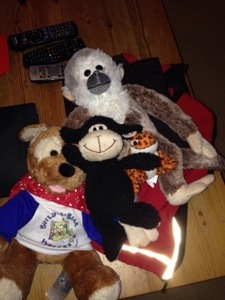
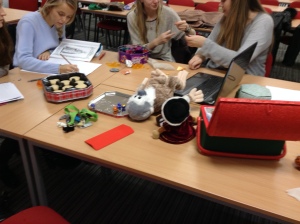
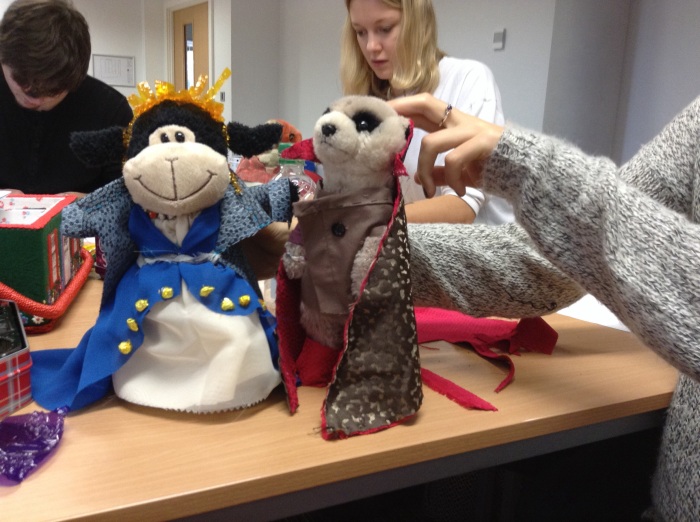
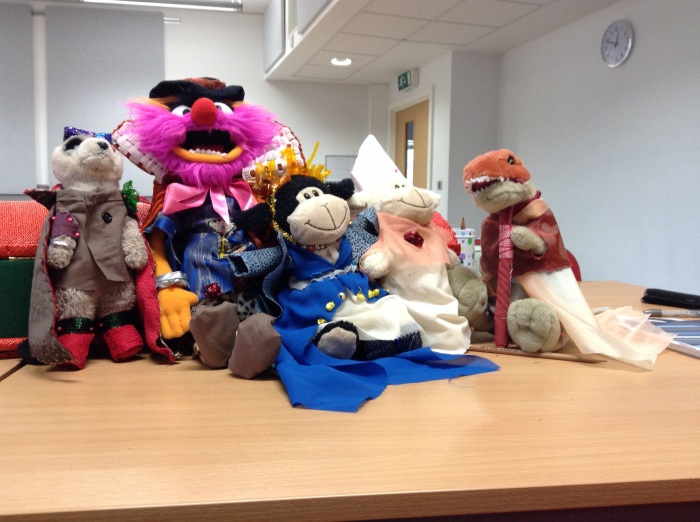
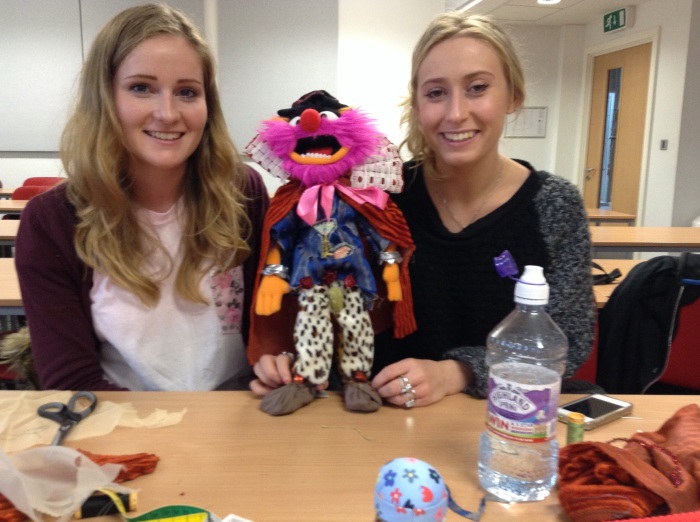


Pingback: #teachingrenaissance: on maps and Renaissance spaces | renaissanceissues
Reblogged this on Tactile Academia and commented:
Meant to re-blog this ages ago: a great way of facilitating learning in a very creative, tactile – and above all fun – way
Reblogged this on Becoming An Educationalist and commented:
W19: Becoming Educational
How DO we get students actively learning? How do we energise thinking – rather than shutting it off or down?
This project explores developing renaissance thinking via a clothes-making project: designing renaissance clothes for soft toys.
Read it – adapt it – make it your own!
Pingback: #teachingrenaissance: on sticking, glueing and paper clothes | renaissanceissues
Pingback: reflections on seminars | renaissanceissues